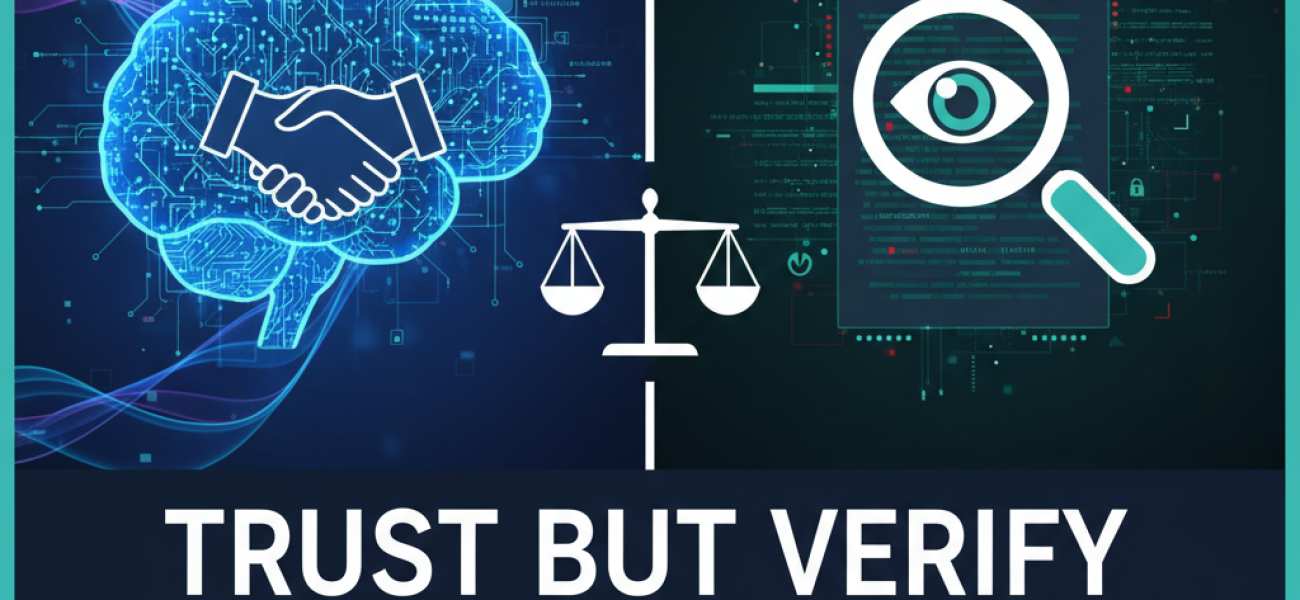Introduction: The Double-Edged Sword of AI in Advertising
Artificial intelligence has revolutionized digital marketing, offering unprecedented efficiency and personalization. Yet, for every breakthrough in ethical AI advertising, there looms a risk that “black-box” algorithms could undermine consumer trust. Marketers can deliver hyper-targeted ads at scale, but without transparency, audiences may feel manipulated—jeopardizing brand reputation and inviting regulatory scrutiny.
In this piece, we explore how to trust but verify when deploying AI in ad campaigns. By prioritizing AI transparency in marketing, you’ll not only safeguard your brand but also unlock stronger engagement and long-term loyalty. From foundational principles to practical tools, this guide equips digital marketers, agency owners, and CMOs with a framework for trustworthy ad automation.
Why Transparency Is Your Brand’s Best Defense
Transparency isn’t just a buzzword—it’s the bedrock of consumer trust. In an era where data privacy and algorithmic fairness dominate headlines, brands that proactively disclose how AI shapes their ads can differentiate themselves in crowded markets.
- Mitigate Reputation Risks: Clear communication around AI processes prevents misunderstandings that could damage brand equity.
- Regulatory Compliance: As GDPR, CCPA, and emerging AI regulations tighten, having transparent workflows ensures you stay ahead of legal requirements.
- Customer Empowerment: When audiences understand why they see certain ads, they’re more likely to engage and convert.
By embracing AI ethics marketing as a strategic advantage, organizations demonstrate accountability and foster goodwill among stakeholders.
Key Pillars of Ethical AI in Marketing: Explainability, Audit Trails, and Human Oversight
Building an ethical foundation for AI-driven advertising rests on three pillars. Each pillar ensures that automated decisions are understandable, traceable, and aligned with human values.
| Pillar | Description | Benefit |
|---|---|---|
| Explainability | Mechanisms to interpret AI decisions, such as feature importance and decision paths. | Enables marketers to justify ad targeting and budgets to stakeholders. |
| Audit Trails | Comprehensive logs of data inputs, model versions, and decision timestamps. | Supports compliance audits and rapid issue resolution. |
| Human Oversight | Designated review checkpoints where experts validate AI-driven recommendations. | Prevents biased or unintended campaign outcomes. |
These pillars transform opaque algorithms into explainable AI ads—campaigns that audiences and regulators alike can scrutinize and trust.
Designing an Ethical AI Workflow for Ad Campaigns
Integrating ethics into your workflow requires deliberate planning. Here’s a step-by-step process to embed oversight and transparency at each stage of an AI-powered campaign:
- Data Collection & Preparation:
- Ensure consent and data minimization.
- Document data sources and preprocessing steps.
- Model Selection & Training:
- Choose interpretable algorithms when possible.
- Maintain version control on model parameters.
- Explainability Integration:
- Implement tools for feature attribution (e.g., SHAP, LIME).
- Generate human-readable summaries of model decisions.
- Automated Decision Logging:
- Capture inputs, outputs, and confidence scores for every ad decision.
- Feed logs into a centralized audit repository.
- Human-in-the-Loop Review:
- Set thresholds for manual review on edge cases or high-impact campaigns.
- Assign cross-functional teams to evaluate AI recommendations.
- Continuous Monitoring & Evaluation:
- Schedule periodic audits of model performance and fairness metrics.
- Adjust parameters or retrain models as needed.
This structured approach ensures each component of your ad campaign—from data ingestion to delivery—remains transparent and accountable. By embedding trustworthy ad automation, you mitigate risks before they escalate.
Case Study: How a D2C Brand Rebuilt Trust with Transparent Ad Reporting
Consider NovaBeauty, a direct-to-consumer skincare brand that faced backlash after customers questioned why certain audiences saw exclusive offers. Sales dipped as customers grew wary of personalized discounts they couldn’t explain.
NovaBeauty’s marketing team implemented an ethical AI framework with a focus on AI transparency in marketing:
- Adopted an explainability platform to annotate each creative decision.
- Introduced a public dashboard where customers could learn how data was used to generate offers.
- Launched a bi-weekly audit involving compliance, legal, and marketing teams to review ads for bias.
Results within three months:
- Customer sentiment scores rose by 35%.
- Click-through rates increased by 20% on personalized offers.
- Regulatory inquiries dropped to zero thanks to detailed audit logs.
By making their AI pipeline visible and inviting feedback, NovaBeauty turned skepticism into advocacy—showcasing the power of ethical AI advertising in action.
Practical Steps: Tools, Policies, and Partner Selection
Implementing an ethical AI strategy can feel daunting, but the right tools and partnerships simplify the journey:
1. Tools for Explainability and Auditability
- SHAP and LIME for feature attribution in ad models.
- Logging platforms like ELK Stack or DataDog for comprehensive audit trails.
- Visualization dashboards (e.g., Tableau, Power BI) to report transparency metrics.
2. Internal Policies and Training
- Develop an AI ethics marketing code of conduct outlining acceptable data practices.
- Train teams on bias detection, privacy standards, and explainability techniques.
- Establish clear escalation protocols for flagged campaign issues.
3. Selecting the Right Partners
- Choose vendors offering built-in transparency features and certified data privacy compliance.
- Evaluate agencies on their governance frameworks and audit capabilities.
- Prioritize integrations with centralized audit hubs for seamless oversight.
By combining the right mix of technology, policy, and partnerships, you lay the groundwork for sustainable, transparent AI adoption.
Measuring Success: KPIs for Ethics and Transparency
To ensure your efforts yield tangible outcomes, track both traditional performance KPIs and metrics specific to ethical oversight:
| Category | KPI | Target/Benchmark |
|---|---|---|
| Transparency Metrics | Percentage of ads with explainability reports | > 95% |
| Audit Readiness | Time to retrieve decision logs for audit | < 24 hours |
| Bias and Fairness | Disparity ratios across demographic segments | Within ± 5% of baseline |
| Customer Trust | Surveyed trust scores post-campaign | > 8/10 |
| Business Impact | Incremental ROI on transparent campaigns | 10–15% uplift |
Regularly reviewing these KPIs fosters continuous improvement and demonstrates the ROI of your ethical AI initiatives.
Discover how Adsroid’s explainable AI hub helps you audit every ad decision with full transparency.

